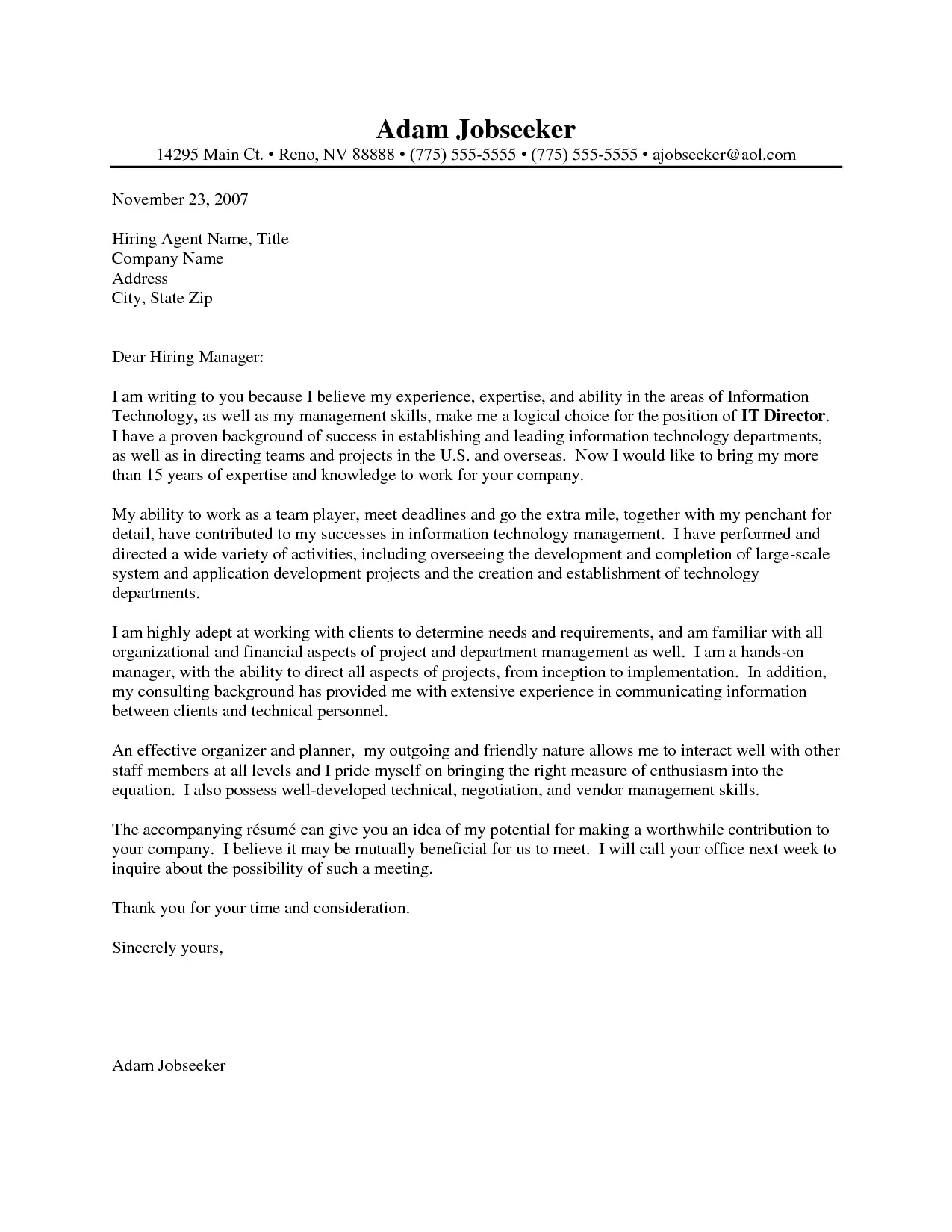Cover Letter Format Grab Attention!
In the competitive world of job applications, a well-formatted cover letter is your key to making a strong first impression and standing out from the crowd. More than just a formality, the cover letter offers you the opportunity to showcase your personality, skills, and enthusiasm for the specific role you are applying for. However, a poorly formatted cover letter can be a significant detriment, potentially leading to your application being overlooked. This guide provides a comprehensive overview of the most effective cover letter format to help you grab the hiring manager’s attention and significantly increase your chances of landing an interview. We’ll delve into the essential components, formatting tips, and common pitfalls to avoid, ensuring your cover letter not only looks professional but also effectively communicates your value.
Header Essentials
The header of your cover letter sets the tone and provides essential contact information. It should be clean, well-organized, and easy to find. Begin with your full name, address, phone number, and email address. Ensure that your email address is professional; avoid using nicknames or informal language. Place this information at the top of the document, usually left-aligned, or centered. Using a consistent font and font size (typically 10-12 points) throughout the entire header is crucial for maintaining professionalism. Double-check all contact details to ensure their accuracy, as incorrect information can prevent the hiring manager from reaching you. A well-structured header demonstrates attention to detail, a key attribute that employers look for in potential candidates.
Contact Information
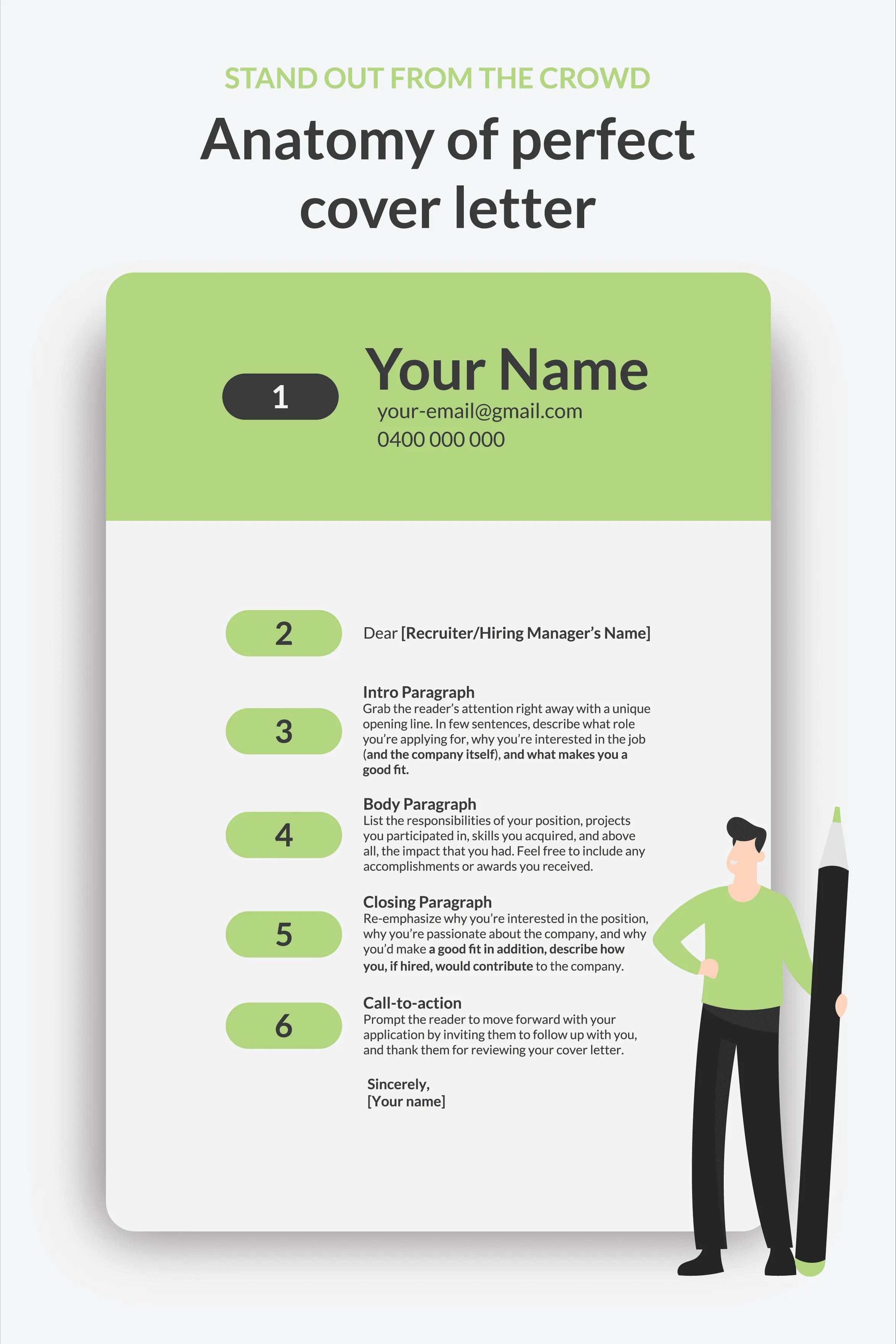
Your contact information is the first thing the hiring manager will see after the header, so make it clear and easy to find. Include your full name, professional phone number, and a professional email address. If you have a LinkedIn profile, consider including the URL. This gives the hiring manager an easy way to learn more about your background and qualifications. It’s important to ensure that your email address is professional. Avoid using nicknames or informal language. Always double-check all contact details before submitting the cover letter to avoid any communication problems.
Date and Salutation
Following your contact information, the date and salutation are equally important. Include the current date, aligning it to the left or right. Below the date, use a professional salutation. If you know the hiring manager’s name, use “Dear Mr./Ms./Mx. [Last Name]”. Researching the hiring manager’s name is a great way to show you have done your homework. If the name is not available, use “Dear Hiring Manager” or “Dear [Company Name] Hiring Team.” Avoid generic salutations such as “To Whom It May Concern,” as they can make your letter seem impersonal and less engaging. These details reflect your attention to detail and respect for the recipient.
Body Paragraphs
The body paragraphs of your cover letter are where you showcase your skills, experiences, and enthusiasm for the position. These paragraphs should be concise, well-structured, and tailored to the specific job description. Avoid generic statements; instead, provide specific examples of your accomplishments and how they align with the job requirements. Focus on demonstrating your value to the company. Each paragraph should have a clear purpose, highlighting your qualifications and showing how you can contribute to the team. Proper formatting, including adequate spacing and a professional font, also makes your cover letter easier to read and more visually appealing. Your ability to effectively communicate your qualifications can significantly increase your chances of making a strong impression.
First Paragraph Make an Impact
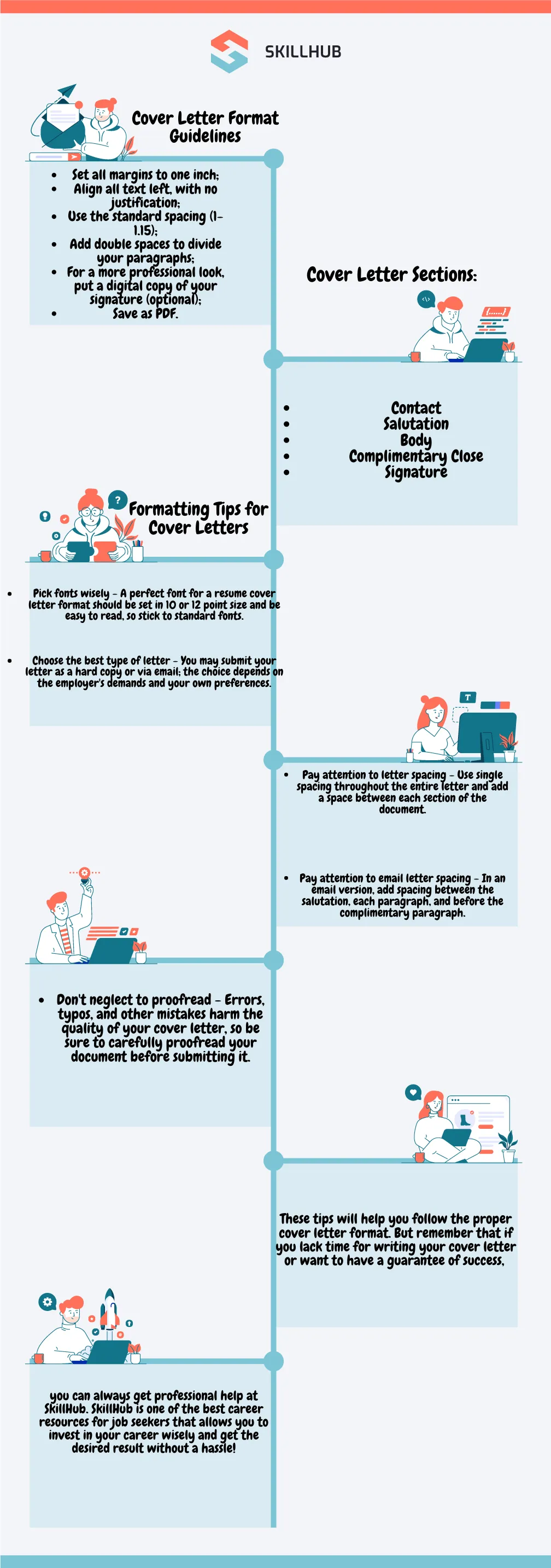
The first paragraph is your chance to make a strong first impression. It should immediately grab the reader’s attention and clearly state the position you are applying for. Briefly mention where you saw the job posting and why you are interested in the role. If you have a connection to the company or someone who referred you, include it here. Briefly highlight one or two key accomplishments or skills that directly relate to the job requirements. This concise opening should set the stage for the rest of your letter, making the hiring manager want to read more. The goal is to showcase why you are a good fit for both the job and the company.
Highlight Relevant Skills
In the subsequent paragraphs, highlight the skills and experiences most relevant to the job description. Use the job description as a guide to identify the key qualifications the employer is looking for. Provide specific examples of how you have demonstrated these skills in previous roles. Quantify your achievements whenever possible. For example, instead of saying “Managed social media,” you could write “Increased social media engagement by 30% through targeted content.” This will provide concrete evidence of your capabilities. Tailor your examples to fit the specific requirements of the job. Ensure that you are not just listing your skills but also illustrating how you’ve used them to achieve success. This approach will demonstrate your ability to perform the job effectively.
Showcase Achievements
Use your cover letter to showcase your most significant achievements. Provide specific examples of your accomplishments, and whenever possible, quantify your results. For example, rather than saying “Improved customer satisfaction,” state “Increased customer satisfaction scores by 15% through implementing a new feedback system.” The use of numbers and data makes your achievements more compelling and demonstrates your impact. Tailor your achievements to align with the job requirements. This demonstrates your understanding of what the employer is looking for and highlights your relevant experience and capabilities. Focusing on achievements demonstrates how you have added value in the past, which can increase your appeal to potential employers. Prioritize achievements that show leadership, problem-solving, and any quantifiable results.
Express Enthusiasm and Fit

Express your enthusiasm for the role and the company. Explain why you are interested in the position and what attracts you to the organization. Research the company and its mission and values, and mention how your personal and professional goals align with theirs. This shows that you are genuinely interested in the opportunity and have a solid understanding of the company culture. Show how your skills and experiences make you a good fit for the role and the company. Describe the specific aspects of the job that excite you and how you believe you can contribute. Demonstrate that you are not just looking for any job, but a job where you can make a real difference. Showing that you’ve done your homework and are excited about the opportunity can significantly improve your chances of getting an interview.
Closing Paragraph
The closing paragraph is your final opportunity to leave a lasting impression. Keep it concise and professional. Reiterate your interest in the position and thank the hiring manager for their time and consideration. Provide a clear call to action, such as stating that you look forward to hearing from them soon or that you are available for an interview. Avoid ending with generic phrases such as “Sincerely.” Ensure your closing is enthusiastic and reflects your desire for the opportunity. This section is an important part of your final impression and helps leave the hiring manager with a positive view of you.
Call to Action
Your closing paragraph should include a clear call to action. Specifically, tell the hiring manager what you expect from them. A call to action directs the hiring manager to the next step in the hiring process. For example, you can say “I am eager to discuss my qualifications further in an interview” or “I look forward to hearing from you soon.” Providing a call to action makes it easier for the hiring manager to know what to do next. It reflects confidence in your abilities and shows that you are eager to move forward in the process. Make the call to action direct and proactive to enhance your chances of getting a positive response.
Formatting & Presentation
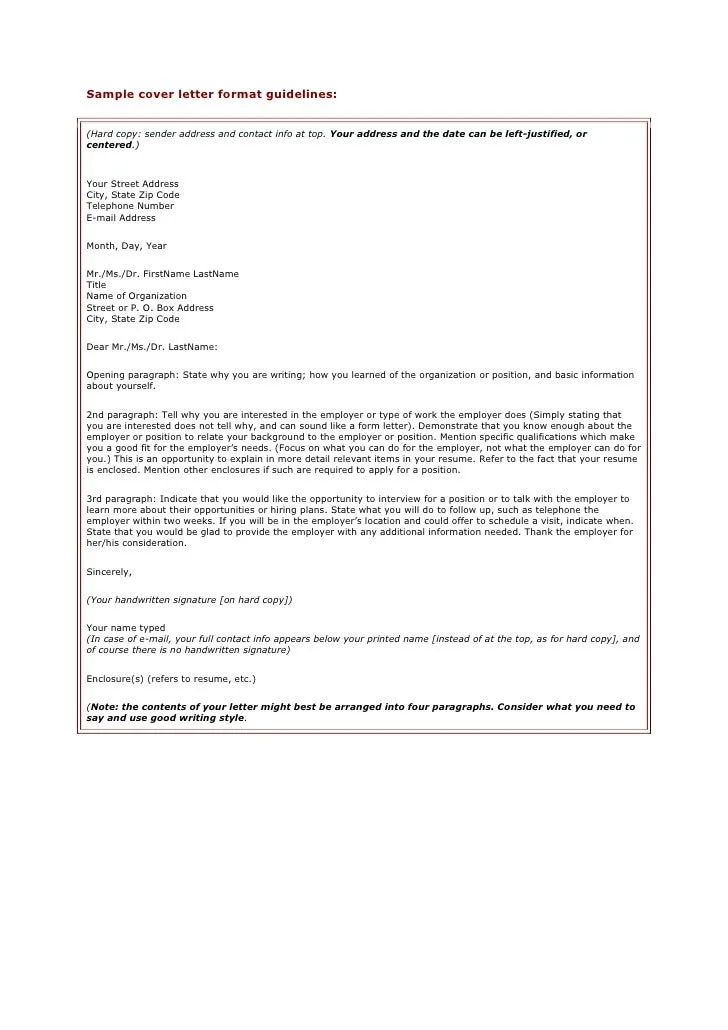
The formatting and presentation of your cover letter are crucial. A well-formatted letter shows attention to detail and professionalism, while a poorly formatted one can detract from your qualifications. Ensure your letter is easy to read and visually appealing. Choose a professional font, use appropriate spacing, and proofread carefully. The goal is to make your letter as readable and engaging as possible. Good formatting demonstrates your respect for the recipient and increases the likelihood that they will read your letter completely. Prioritize visual clarity to ensure the hiring manager can easily process the information. A visually appealing cover letter significantly improves your chances of being noticed.
Font and Spacing
Select a professional and readable font. Common choices include Times New Roman, Arial, Calibri, and Helvetica. Avoid using fonts that are overly stylized or difficult to read. The font size should typically be between 10 and 12 points to ensure readability. Use consistent formatting throughout your cover letter, including the font and size. Use standard spacing, such as single-spacing within paragraphs and double-spacing between paragraphs. Proper spacing helps create a clean and organized look, making it easier for the reader to follow your content. These elements can contribute to your letter’s overall professionalism. Ensure the document is well-structured for easy reading.
Proofreading is Key
Proofreading is critical for any cover letter, and it can be the difference between getting an interview and being overlooked. Before submitting your cover letter, carefully proofread it for any typos, grammatical errors, and formatting inconsistencies. It is also helpful to have someone else review your letter. A fresh pair of eyes can often catch errors that you might miss. Check the spelling of the company’s name and the hiring manager’s name, as these mistakes can damage your chances. Proofreading also means ensuring consistency in punctuation and formatting. Thorough proofreading showcases your attention to detail, which is important to any potential employer. It is a sign of professionalism and respect for the hiring manager.
Email Cover Letter Format
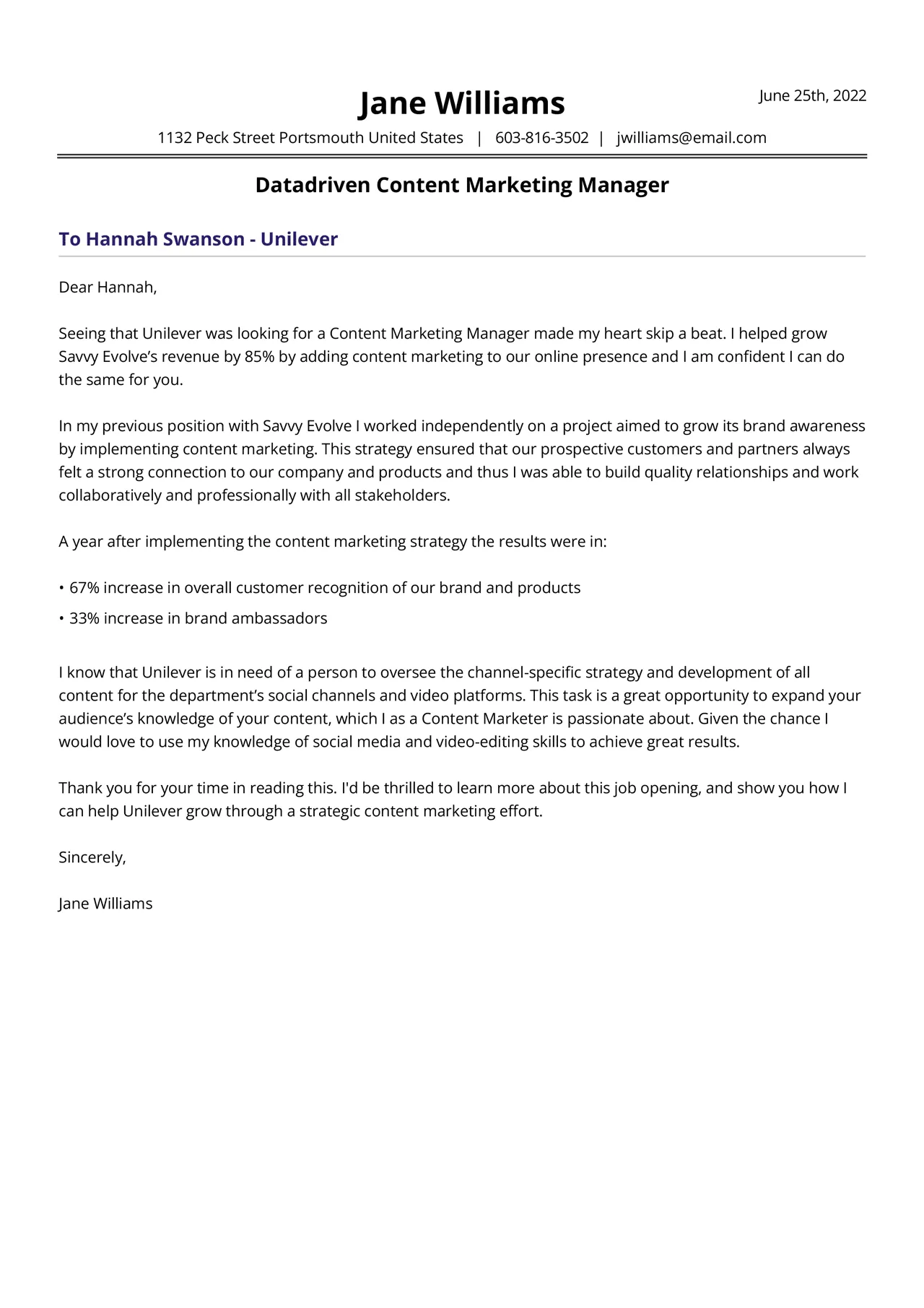
When submitting your cover letter via email, the format should be slightly different from the traditional paper format. Ensure the email is professional and well-organized. Make sure your email is concise and informative and easy to read. Provide clarity in the email and avoid any errors. Following the steps below can help improve your chances.
Subject Line and Body
The subject line of your email should be clear and concise, typically stating the job title and your name. For example, “Application for Marketing Manager - John Smith.” Start the email with a professional greeting, such as “Dear Mr./Ms./Mx. [Last Name]” or “Dear Hiring Manager.” Keep the body of the email brief, highlighting your key qualifications and expressing your interest in the role. Attach your cover letter and resume as separate documents, and mention this in your email. Conclude with a professional closing and your name. This format ensures that your email is both professional and easily scanned, which is essential for getting your application noticed.
Attachment Best Practices
When attaching your cover letter and resume, use a professional file naming convention. Use your name and the document type, such as “John_Smith_Cover_Letter.pdf” and “John_Smith_Resume.pdf.” Always save the documents in PDF format. This helps preserve your formatting and ensures that the recipient can easily open the files. Ensure that both documents are correctly attached before sending the email. Mention the attachments in the body of the email as a polite reminder. Reviewing your attachments and the email body will help provide a polished presentation. The use of correct naming and PDF formatting shows that you pay attention to detail. This also protects your layout and text from being altered.
Adapt to the Job
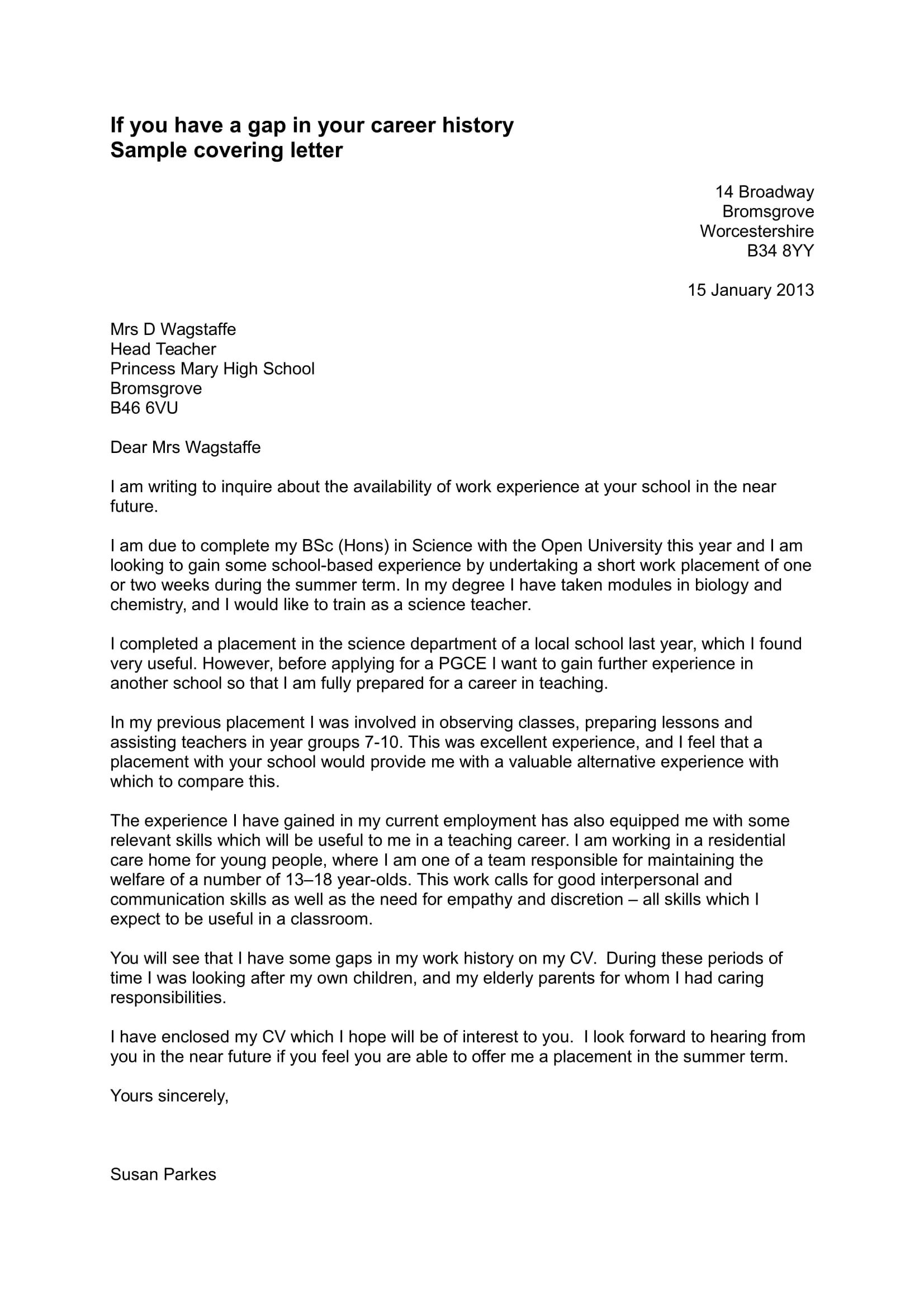
Adapt your cover letter to each job application. Generic cover letters are easy to spot and are likely to be rejected. The goal is to make your letter resonate with the specific requirements of the job. Customize your letter for each position. This shows the hiring manager that you have invested time and effort, and are truly interested. Avoid reusing a generic letter. Tailor your letter to each application. Research the company, and mention specific information. Your effort shows that you genuinely understand the role.
Research the Company
Research the company you are applying to and demonstrate this knowledge in your cover letter. Visit their website, read about their mission, values, and recent news. Demonstrate your understanding of the company’s goals and how you can contribute to them. Mention specific company projects, products, or initiatives that align with your skills and interests. This information shows the hiring manager that you are truly interested in the opportunity. Researching the company before you apply helps customize your letter and make it more effective. This will help your cover letter stand out as you connect your skills to the company goals.
Tailor Your Letter
Tailor your cover letter to match the specific requirements of the job description. Review the job posting carefully and identify the key skills, experiences, and qualifications the employer is looking for. Use the same keywords and phrases from the job description in your cover letter. Provide relevant examples from your background. These examples will illustrate how you meet the requirements of the job. Focus on the most relevant aspects of your experience. This will make your cover letter more persuasive and increase your chances of getting an interview. The more closely your letter aligns with the job description, the more likely you will be noticed.
Common Cover Letter Mistakes
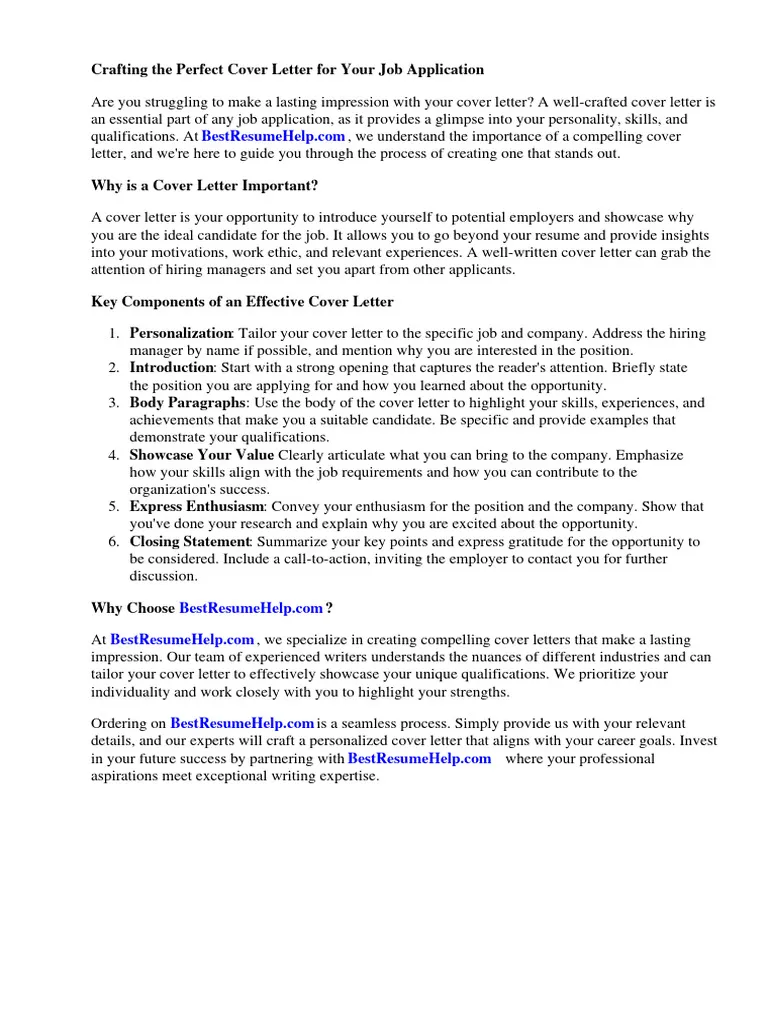
Avoid common cover letter mistakes, such as using generic language or making typos. Be sure to review your letter carefully before submitting it. Eliminating these common mistakes will significantly improve your chances of getting noticed. These mistakes are easy to avoid and can make a difference. The best approach is to be concise and specific and tailor your letter to each job.
Generic Language
Avoid using generic language or clichés in your cover letter. Phrases such as “I am a team player” or “I am hard-working” are overused and do not provide specific evidence of your capabilities. Instead, provide concrete examples and show how you have demonstrated these qualities in previous roles. Use action verbs and specific examples to highlight your achievements. This approach makes your cover letter more engaging and provides a more accurate picture of your skills and experience. Use original, specific language instead of using generic phrases.
Typos and Grammatical Errors
Typos and grammatical errors can make your cover letter look unprofessional. Always proofread your cover letter carefully before submitting it. Errors indicate a lack of attention to detail. Read your letter aloud to catch any mistakes. Use a grammar and spell checker. However, do not rely on these tools alone. Have someone else review your letter. This extra check can catch any errors you might miss. Proofreading is essential for making a good impression on a potential employer.
Ignoring the Job Description
Ignoring the job description is a common mistake that can cause you to miss key requirements or fail to highlight relevant qualifications. Always read the job description carefully and tailor your cover letter to match its specifics. This includes using keywords and phrases from the job posting. When you fail to address the key requirements, you show that you did not understand the role. Research the company, and show how your skills align with the company’s goals. Tailoring your cover letter shows that you have invested time and effort. This helps show your value to the company, which can increase your chances of getting the job.
